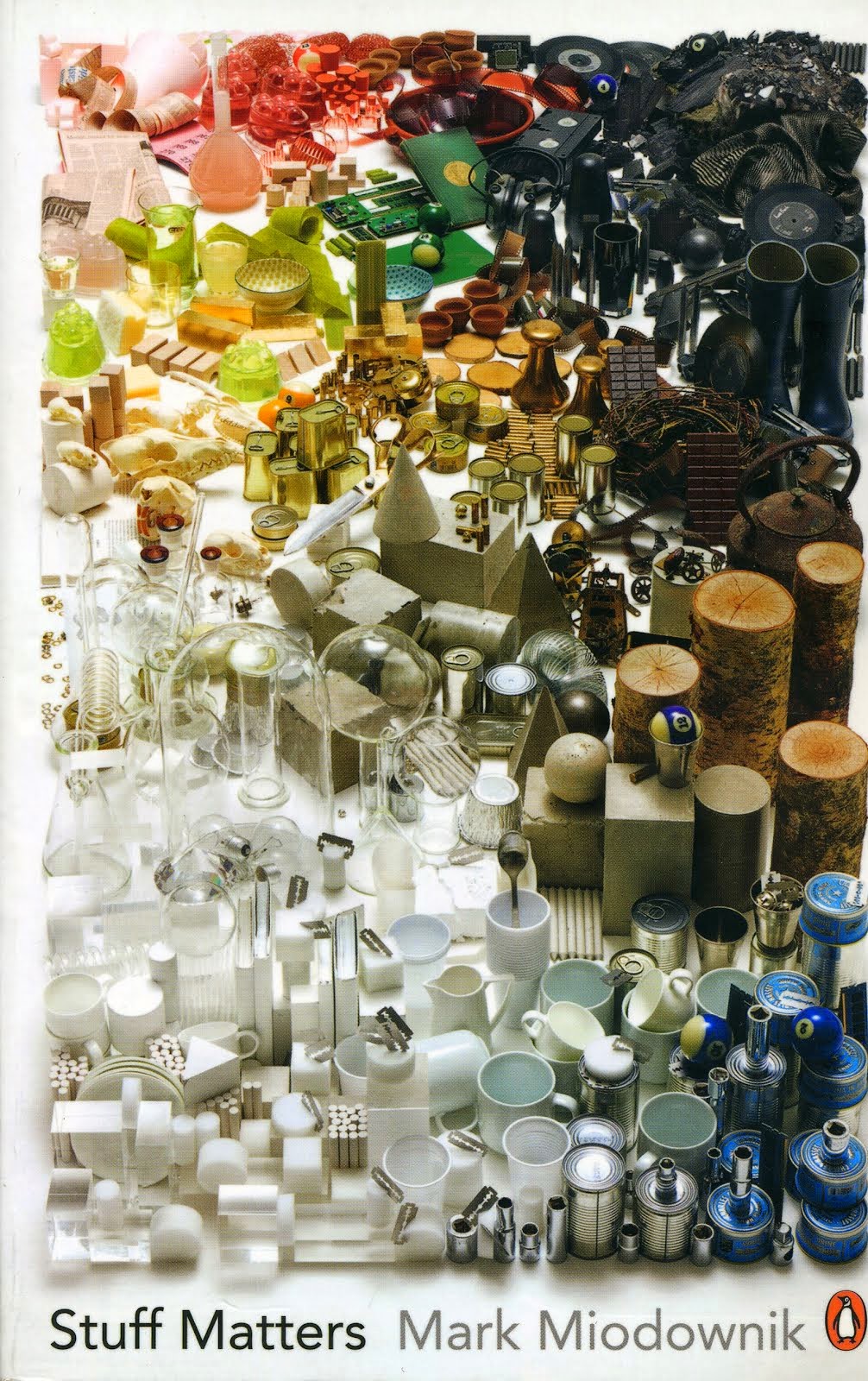Received a press copy of my first authored book
The Handknitters Yarn Guide published through
Rotovision.


It's an extensive reference book on knitting yarns, and will be available between March and May 2012, but can be pre-ordered through
Amazon.
In Australia, through
Murdoch Books & New Zealand
Allen & Unwin.
Its also available through
other distributors.
In the UK through
Search Press, and the USA
St Martins Press.
The book is 200 pages filled with information about 180 knitting yarns covering all the specs and character of each type of fibre, and fibre blends. The yarns were knitted, studied and documented covering stitch definition, draping, pilling, resilience, durability, colour retention, feel, breathability, moisture resistance, wicking, fire retardancy and sustainability. The pros and cons are listed and there's quick tips on usage and care.
Each yarn is separated into weights of super-fine, fine, medium, bulky, and super-bulky, and categorized into ply weights. There's useful tables of recommended needle sizes and how much yarn you would need to make a jumper of different sizes. In the back of the book there's more useful information of calculating yarn substitutes for when you want to try other yarns than suggested in a knitting pattern. A glossary covers and breaks down all the technical yarn terms such as guage, wraps per inch, yarn spins, and how to read yarn labels.
If you need to know more about knitting yarns, how to choose them and what their best suited for this book is extremely useful. It covers wool, mohair, angora, cashmere, camel, alpaca, silk, cotton, linen, rayon, bamboo, soya, hemp, ramie, tencel, nylon, polyester, acrylic, boucle, chenille, ribbon, eyelash, flamme, ladder, vicuna, qiviut, yak, bison, possum, corn, milk, nettle, kenaf and seacell.


































